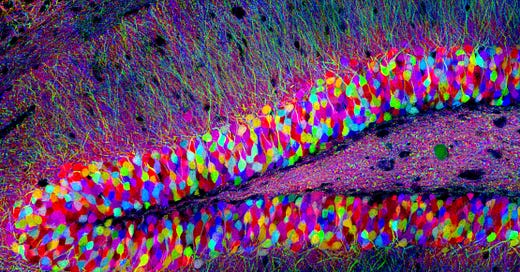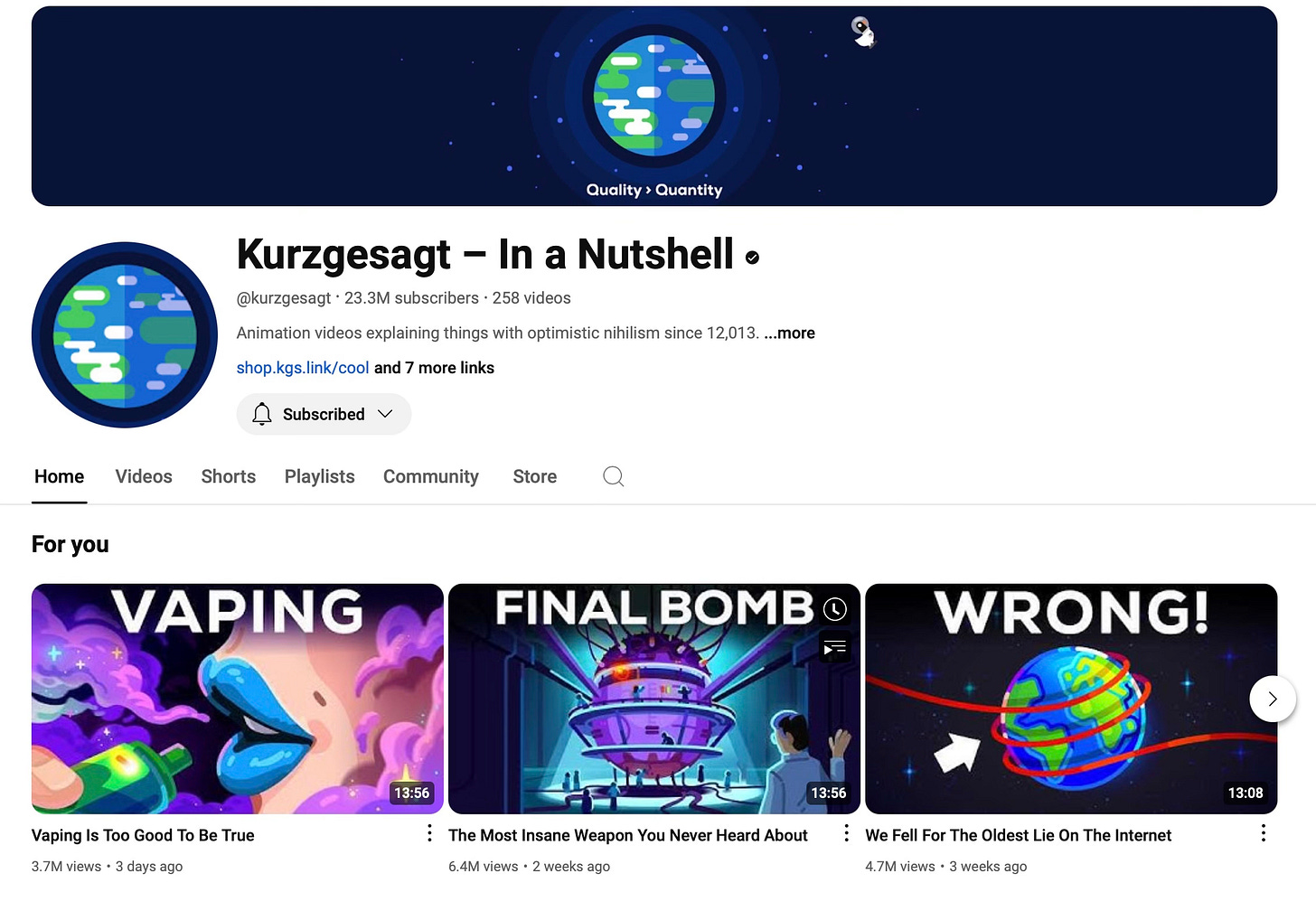This newsletter has been in the works for a while. I’ve had an itch for combining storytelling and creativity with science and my Master’s (Biochemistry); as contrary to popular belief I actually enjoy my degree… I’ve tried to manifest this in different ways (see @academicbites on Instagram and ‘Sophie Beaumont’ on The Oxford Scientist website) but I’ve been thinking on and off about writing a newsletter and have finally decided to take the plunge!
The essence of this newsletter is biotech and it may get technical in parts but I hope to write something in each edition that excites your curiosity. I hope it keeps you well-informed about how biochemistry can transcend the lab and how new technologies will change the way we live. Unlike other scientific newsletters I also want to delve into the people and stories behind the science.
Each edition I’ll start with a quick message (read: ramble), like this one, to introduce the newsletter before diving straight in. I’ll then write spotlights about start-ups doing impressive things, academic labs that have made groundbreaking discoveries and scientific initiatives that are making a positive impact on the world. I’ll showcase artwork and poetry influenced by biochemistry and related fields; recommend books, podcasts, interviews, YouTube videos and any other thought-provoking media I can get my hands on. For those of you involved in the life sciences on a daily basis (think undergrads, post-grads, consultants, VC etc) I’ll also link opportunities and events I come across that may be of interest. Finally, we’ll finish each newsletter with a quote to send you off into the frantic day ahead.
This might sound like an eclectic mix but I want this newsletter to inspire you and create that increasingly rare sense of wonder at the world. I want to debunk scientific myths (think: ‘eggs are bad for you’) often seen in the popular media to help build a more trusting relationship between scientists and the public. I want this newsletter to help you keep up to date on some super cool developments in biotech (perhaps also beyond…) and maybe even teach you something new.
Welcome to the very first edition of BioSpark 💥
Enjoy :)
🗞️ In the headlines…
A recent paper in Nature Methods has been released which uses a method, EvoAI, to scan the ‘sequence space’ to identify essential features known as ‘anchors’. A combination of deep learning and large language models reconstruct the space surrounding these features. No homology-derived or structural information is required for the computational prediction of novel amino acid sequences using this technique. Launched in 2022 by former Twitter founder Jack Dorsey, Bluesky has become increasingly popular in the scientific community since the US presidential election. The reasons are primarily related to increased control over timelines though it’s a useful resource to find interesting papers and apply for jobs. The brain may have its own microbiome and is suspected to play a role in neurodegenerative disorders including Alzheimer’s. The picture is complex and though it is suspected that some pathogens can escape the gut (with insufficient competition) and travel through the bloodstream to the brain. The weakened immune system in older people is likely contributing to dementia as the microbes able to breach these defences cannot be countered.
🚀 Start-Up Spotlight
Osmo describes themeselves as “solving problems and sparking wonder through smell”. The team, led by Alex Wiltschko, is working to give computers the sense of smell using artificial intelligence. Computers already have sight and hearing but the sense of smell is a “very powerful emotional state” Alex tells CNBC news. Coming from a technical background with a PhD in olfactory neuroscience from Harvard University, Alex is driven to improve the medical industry with the technology. At the centre of the start-up is the ‘principle odour map’ Alex and his team created while working at Google. The dataset of 5,000 aroma molecules (across a variety of scents including floral, fruity and meaty) was fed into a Graph Neural Network able to analyse the relationships between the many data points. This AI technology has been able to pick up on patterns between molecules and their corresponding scents even detecting slight differences between molecules. The patterns are used to accurately predict the odour of other molecules, to a superhuman extent.
The long-term goal of Osmo is to teleport scents by digitizing a scent in one location and recreating an exact copy in another location. They aim to use this technology to to improve medical diagnostics and identify diseases earlier.
Read more about Osmo here.
🎨 Artist’s Corner
Brainbow (Hippocampus) - Mo Constandi
By combining 4 different fluorophores over 100 unique colours have been produced which is used in the lab to visualise neurons with unprecedented detail. While not traditional artwork, it’s a pretty beautiful sight!
Recommendations…
🎧 Podcast - Testing whales' hearing, and mapping clusters of extreme longevity - discusses where on Earth people live the longest and what makes these areas so special following recent controversy surrounding the ‘blue zones’ you can read about here.
📺 Videos - Kurzgesagt YouTube Channel
Engaging and entertaining animations on varied scientific topics including immunology, evolution and AI. Thought-provoking videos in more philosophical areas including free will and theories of the universe.
👀 Opportunities…
Isomorphic Labs - General Interest
Neural Networks and Deep Learning course - Coursera
“We cannot solve problems with the same thinking we use to create them”
Albert Einstein
See you next time!
Sophie 🧬🌟
Hey Subscriber, thanks for reading BioSpark💥! If you already receive my newsletter you can help support my work by sharing the link below 💫
Quick note! Just like the field of Biotechnology, this newsletter is evolving. If you have any suggestions, queries or comments please let me know in the feedback form here.








love this! 💖
So excited to see where this takes you!!